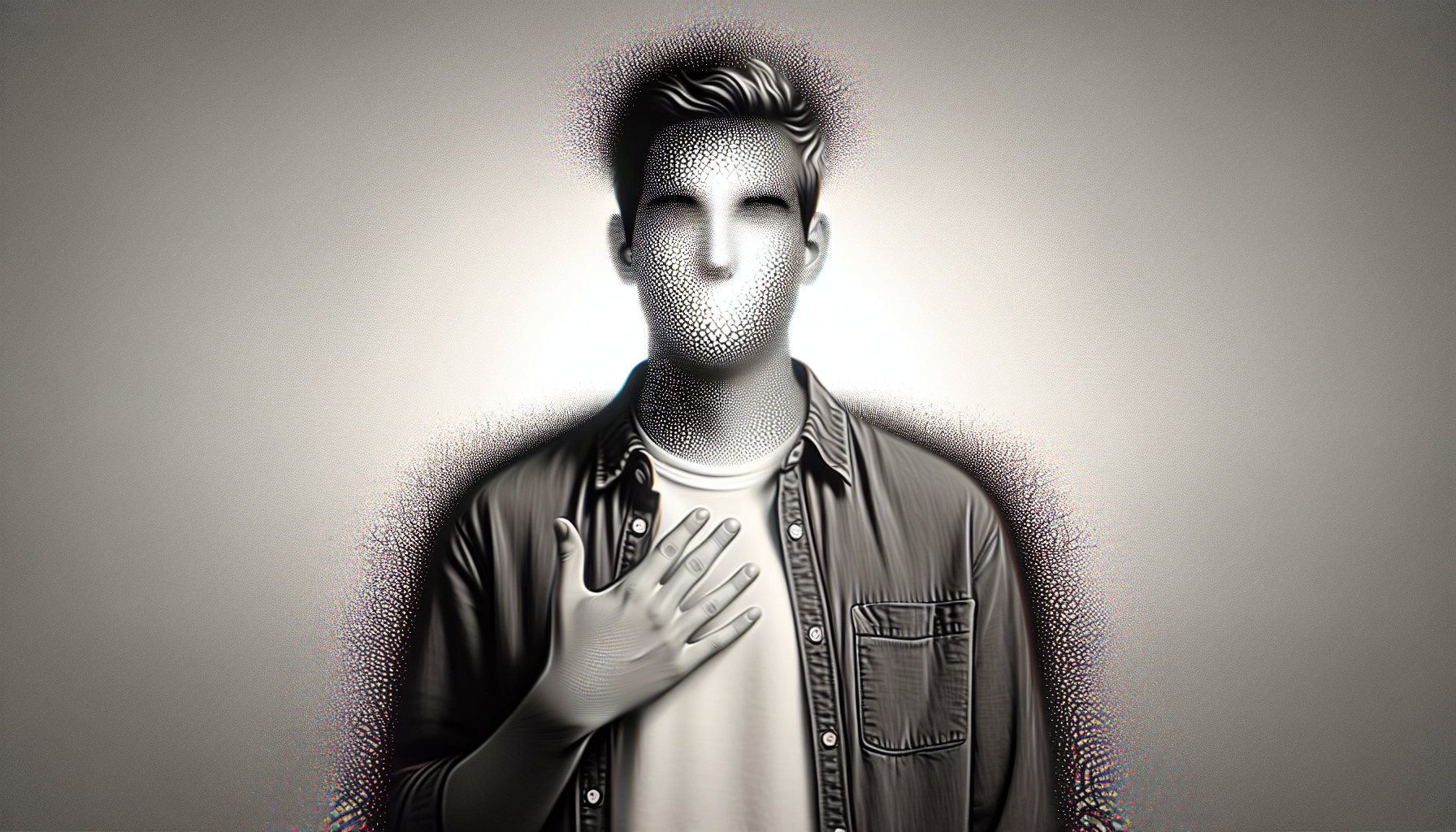Contents
Exploring the Latest TikTok Trend: Is Fat-Shaming Making a Comeback?
Imagine a world where social media trends circle back to harmful ideas thought to be left in the past. That’s the unsettling reality in 2025, as TikTok witnesses a troubling resurgence of fat-shaming disguised as humor. What could possibly drive this disturbing trend, and how is it affecting young minds today?
Recent trends reveal the use of an AI filter on the popular app, CapCut, charmingly named the “Chubby” filter. Users apply this to their videos over the slowed-down beats of Doechii’s “Anxiety,” drastically altering their appearances to look larger. The punchline? It's just their way of poking fun at themselves by temporarily donning a form they've learned to ridicule. While the trend might not have reached the heights of virality, its presence is alarming and points to a bigger societal issue.
The trend’s roots trace back to similar practices, where celebrities like Kylie Jenner were once famously photoshopped to appear heavier. Originally, some projects claimed to highlight pressures around body image, yet the intent behind this latest trend is far from educational. Instead, it rings closer to mockery devoid of any conscientious message.
Why is This Concerning?
The reappearance of such trends highlights a grim possibility: the return of early 2000s body-image standards—those dangerous ideals that glorify thinness and encourage unhealthy comparisons. The internet is flooded with "thin inspiration," using celebrity images from the era of Paris Hilton and the Olsen twins. With these resurfacing ideals, TikTok has increasingly become a breeding ground for such problematic content.
Even though TikTok officially bans videos promoting disordered eating, vague guidelines and loopholes allow harmful trends to slip through, affecting users' mental health subtly yet severely. A study conducted in 2024 found that exposure to such content had immediate negative impacts on young women's body images, even during short viewing periods.
A Call to Action
It’s clear that both platform creators and users must strive for more responsibility in content creation and consumption. Countering such trends isn’t just about content moderation; it’s also about fostering environments promoting positive and diverse body images.
So, what can you do? Challenge yourself to reflect and reform your content consumption habits. Speak out against trends that push harmful narratives. And most importantly, advocate for and embrace diversity in all its forms. Together, let's cultivate spaces that celebrate authenticity and reject regressive ideals.
FAQ
How can I engage on TikTok without falling into harmful content?
Focus on following creators who promote positive and diverse content. Curate a feed that aligns with your values and inspires you.
What’s the impact of re-engaging these harmful trends?
Resurrecting outdated beauty standards threatens to harm the mental health of many, especially young audiences. It perpetuates unrealistic and narrow views of what beauty can be.
What steps can TikTok take to prevent such trends?
Stricter content moderation and clearer guidelines can help. Additionally, promoting creators who emphasize diversity and positive body image is key.

답글 남기기